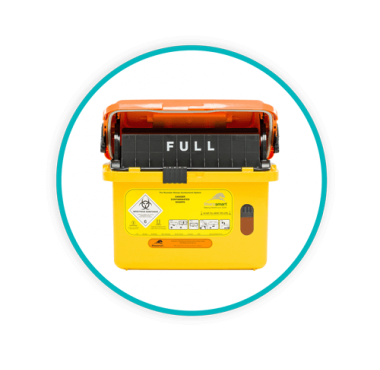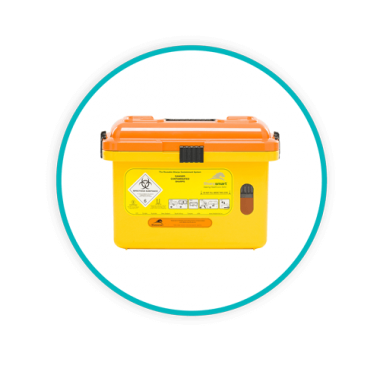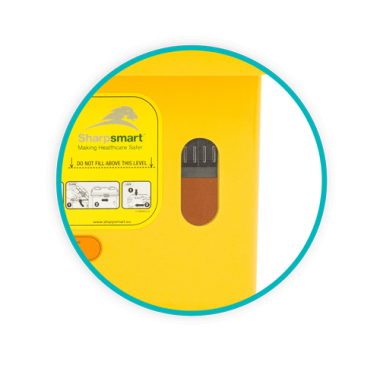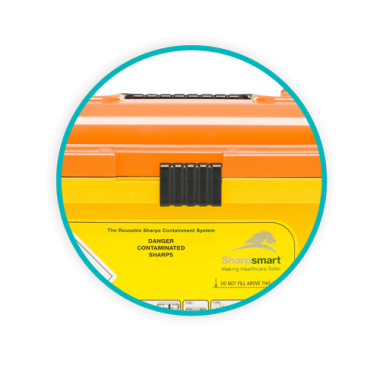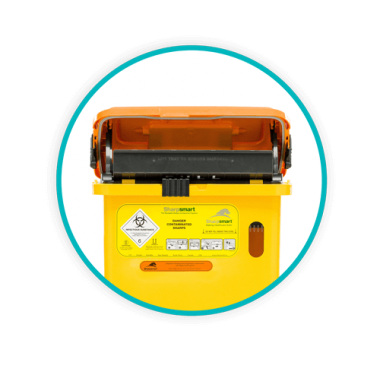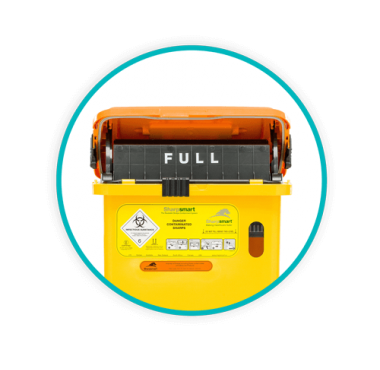We Set the Standard for ISO-Compliant Reusable Sharps Containers
The introduction of reusable sharps containers has been widely accepted within the healthcare industry due to the inhe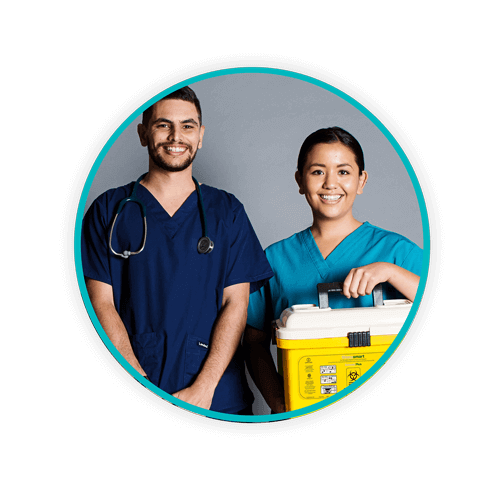 rent benefits they provide, which include a reduction in plastics manufacture and disposal, a significant decrease in CO2e (when compared with the use of single-use containers), and in many cases, a reduction in sharps injuries as a result of the engineered safety features that can be incorporated into reusable sharps containers.
rent benefits they provide, which include a reduction in plastics manufacture and disposal, a significant decrease in CO2e (when compared with the use of single-use containers), and in many cases, a reduction in sharps injuries as a result of the engineered safety features that can be incorporated into reusable sharps containers.
However, until recently there had been no official standards or regulations governing the design and construction of reusable containers in the UK. That changed in 2019 with the introduction of BS EN ISO 23907-1 and BS EN ISO 23907-2, covering single-use and reusable containers, respectively.
This page briefly describes the requirements and test methods for Reusable Sharps Containers and will reference the differences between BS EN ISO 23907 Part 1 and Part 2. Use this page as a resource to:
- Understand the standards associated with sharps injury protection as they relate to reusable sharps containers
- Understand the main differences between BS EN ISO 23907-1:2019 (single-use sharps containers) and BS EN ISO 23907-2:2019 (reusable containers)
- Have a basic understanding of the specification requirements and test methods associated with reusable sharps containers
SPEAK WITH A WASTE EXPERT 01388 810310
What is BS EN ISO 23907-2:2019?
BS EN ISO 23907-2:2019 specifies requirements for reusable sharps containers intended to hold potentially hazardous sharps medical waste with or without sharps protection features, e.g., scalpel blades, trocars, hypodermic needles and syringes. It is applicable to sharps containers that are supplied complete by the manufacturer and to those that are supplied as components intended to be assembled by the user. It is not applicable to single-use sharps containers (refer to ISO 23907-1:2019 for such containers). This document includes design functionality for user safety, lifespan simulation, cleaning and decontamination, microbiological validation, quality monitoring, and performance testing.
DOWNLOAD A COPY OF BS EN ISO 23907-2
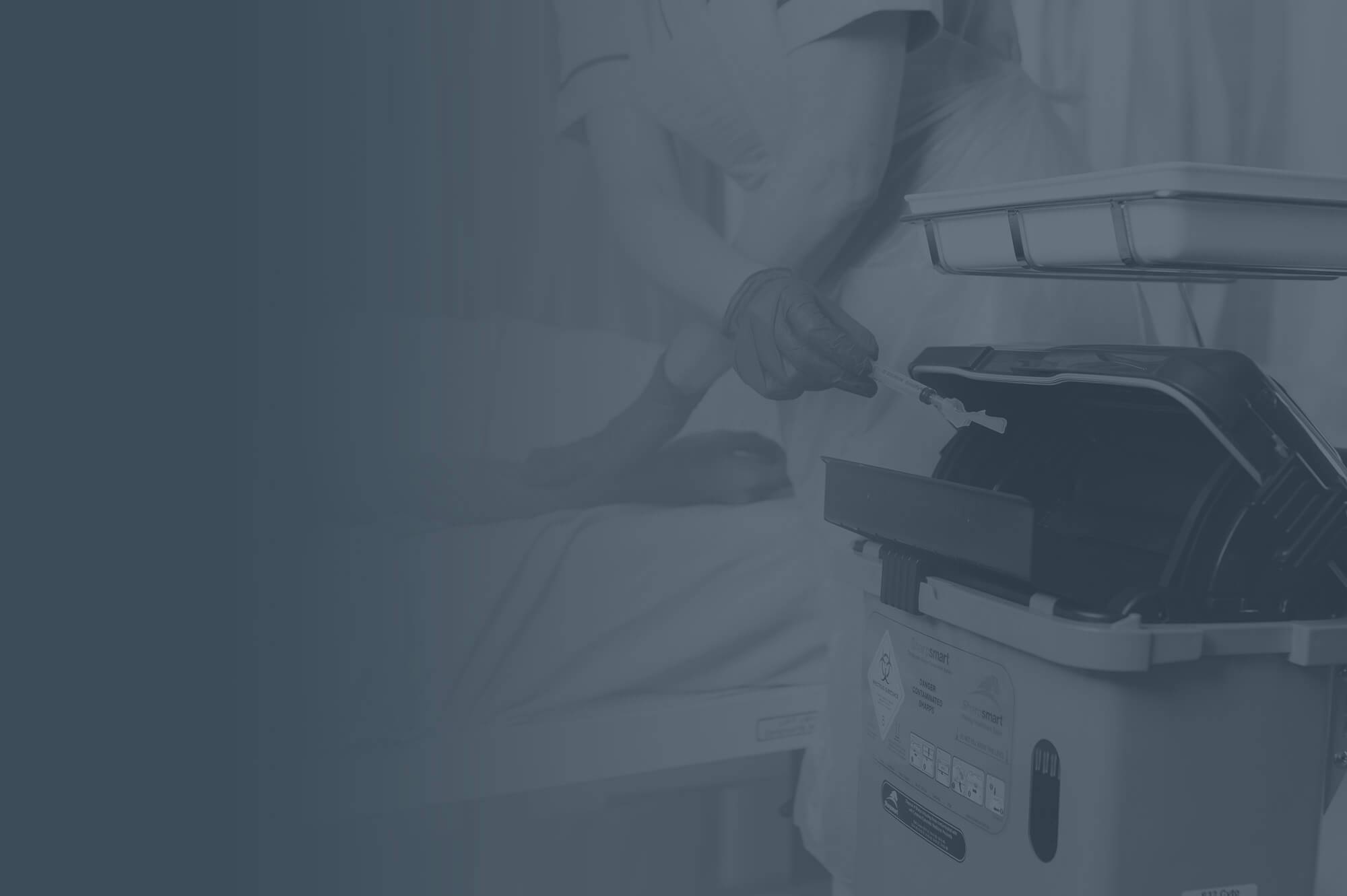
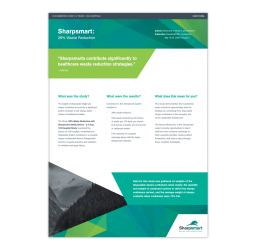
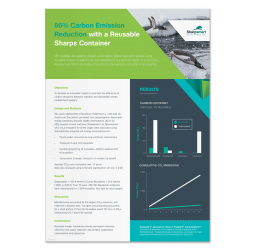
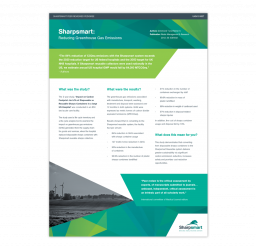
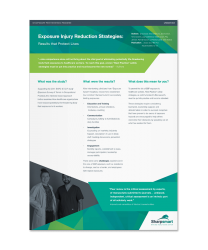
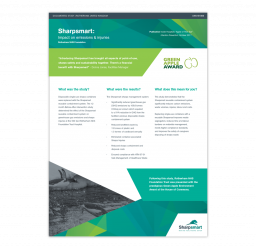
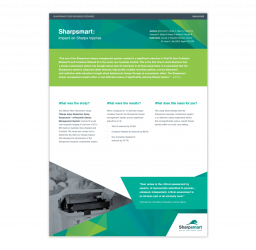
 containers were outlined in BSI Standard 7320, which was released in 1990. The BSI standard was not applicable to reusable sharps containers at the time of launch, so it was typical for reusable container suppliers to mirror the tests performed within BSI 7320-1990 as a ‘claim of safety’. Whilst this was deemed acceptable by some procurement professionals, it did not go as far as other international standards (e.g., Canadian, Australian, and New Zealand standards) where additional performance testing was required to prove that reusable containers would meet the performance criteria of a single-use container throughout its reuse lifespan.
containers were outlined in BSI Standard 7320, which was released in 1990. The BSI standard was not applicable to reusable sharps containers at the time of launch, so it was typical for reusable container suppliers to mirror the tests performed within BSI 7320-1990 as a ‘claim of safety’. Whilst this was deemed acceptable by some procurement professionals, it did not go as far as other international standards (e.g., Canadian, Australian, and New Zealand standards) where additional performance testing was required to prove that reusable containers would meet the performance criteria of a single-use container throughout its reuse lifespan. 